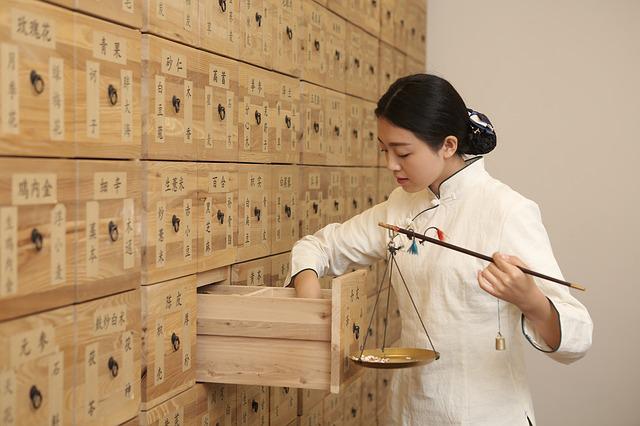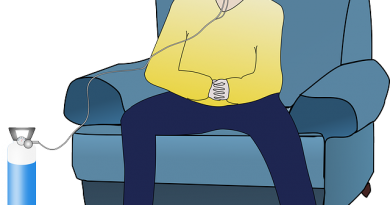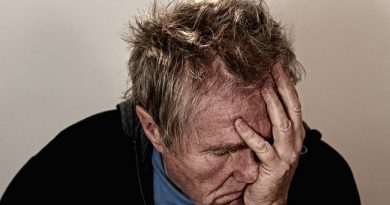A Basic Overview of Chinese Medicine
There is an undeniable mystery that accompanies Traditional Chinese Medicine or TCM, a variety of treatments and traditional medicine that has been developed in China for thousands of years.
In fact, one of the earliest known collections of Chinese medical practices dates back to 2698 BC. For the uninformed, it is thought that TCM includes the use of strange products such as bat droppings and cow urine as medicine.
Many people also mistakenly believe that the diagnosis and treatment given by TCM doctors are mere guesswork; and that these practitioners don’t really have any real ability to discern a patient’s symptoms.
In fact, traditional Chinese medicine is an age-old complex system that has been shown to be effective in the treatment and management of a wide variety of ailments, from sinusitis to muscle spasms. Chinese herbal concoctions have also been shown to relieve migraines and relieve back pain and everything related.
The basic concepts of traditional Chinese medicine are found in Chinese philosophy, with Wu Xing and the concept of yin and yang as the main foundation of diagnostic and therapeutic methods. The basic perception of the body in Chinese medicine is that it is a whole, but has distinct parts. Parts are designed to work in harmony with each other, often by balancing their naturally opposing concepts with each other.
Each part not only performs a physical function, but is also important for mental processes. This explains the Chinese medicine belief that what affects physical health also affects mental health, with each imbalance in the body having a corresponding imbalance in the body. mind.
This aspect echoes the principles of yin and yang, best summed up as a blend of two opposing but complementary concepts, not superior in any way to the other. Discord is said to occur when either yin or yang becomes more prevalent in the body than the other. This dissonance or imbalance is believed to be the root cause of human diseases.
The Wu Xing aspect comes into play in analyzing the source of discord. Wu Xing is similar to the classical concept of the basic elements including fire, water, wood, earth, and metal. Each of these elements can be found in the body, in varying concentrations in different regions of the body.
Taken together, the elements create a delicate balance and lead to a normal state of one’s physical and mental health. This balance can be influenced by internal and external factors, which can affect the elemental balance in a variety of ways. In theory, an increase in certain factors in areas that perform certain functions could affect the balance of yin and yang, thereby affecting a person’s health.
The treatment of a medical condition, whether it is sinusitis, low back pain, knee pain, migraine, visual migraine, insomnia or any other problem the patient is suffering from, ends determined by the position of the imbalance and its cause. For example, excess water affecting balance more towards the yang in the nasal area is sometimes thought to be the cause of problems such as colds and sinusitis.
To combat this, a traditional Chinese doctor may prescribe a formula that includes more exotic herbs and ingredients to help block the water element and thus restore the yin and positive.
Traditional Chinese Medicine also espouses a number of other treatments, including those based on the patient’s diet.
Another well-known aspect or branch of traditional Chinese medicine is known as acupuncture, a technique that involves inserting needles into the skin at specific points around the body to help restore “balance.” between Yin and Yang.
Acupuncture is also a branch of TCM that deals with the treatment of what Western medicine calls mental health disorders, including anxiety and phobias. Acupuncture is considered an effective way to balance the flow of “chi” or intrinsic energy throughout the body. In HFMD, the need to balance yin and yang of the mind and heart is as important as achieving balance in the human body.
However, modern TCM doctors in China realize that there are situations where traditional remedies can no longer restore balance to the body. In most cases, when such situations arise, the patient should consult a Western medicine doctor.
However, this does not create a contradiction between the two schools as most Chinese patients and doctors really value the “balance” between Eastern and Western medical theory and practice.
For example, the Chinese will have no problem with appendectomy. At the same time, they will see no conflict in using traditional herbal formulations to aid in recovery from surgery or to prevent appendicitis in the first place. This is often contrasted with the attitude of some traditional Western medicine practitioners, who tend to dismiss other philosophies, theories, or schools of medicine as mere vagabond.




